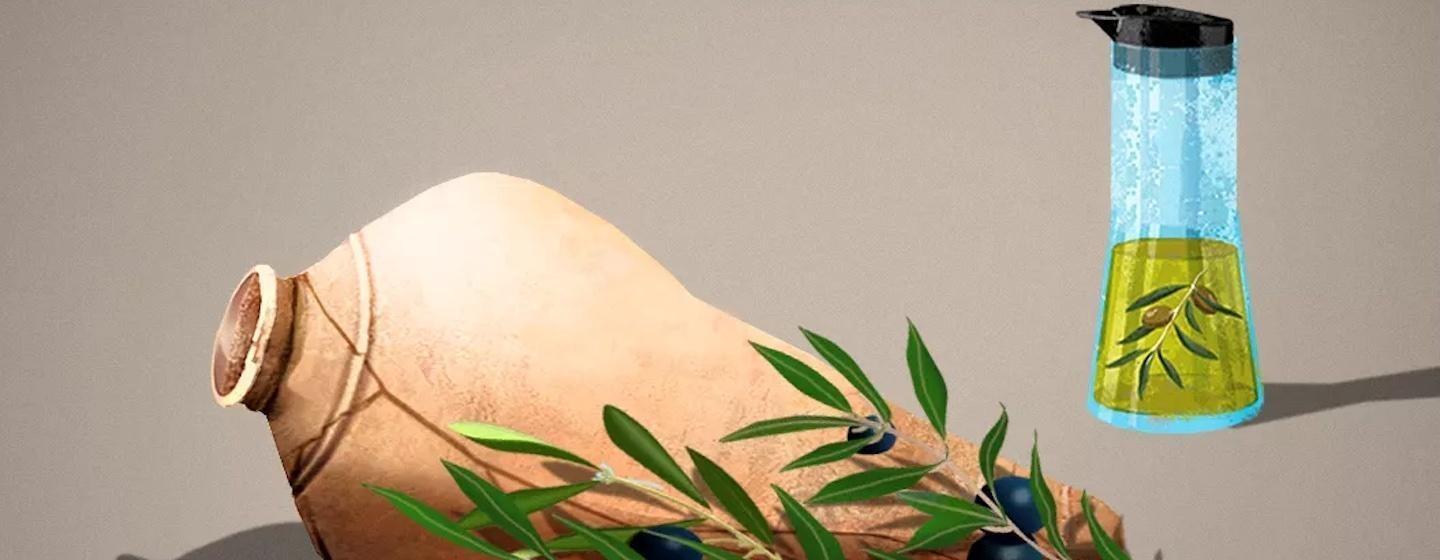Mysterious Jars Hint at Undiscovered Wreck Off North Carolina Coast


Archaeologists identify them as Spanish Olive Jars, made sometime between 1780 and the 1850’s. They are roughly 16 inches long and ten inches wide. Some are still corked.
Enough of the jars have been found that the National Park Service staff at the Cape Lookout National Seashore recently wrote about them in a Facebook post.
“Five Spanish Olive Jars of this type have been found along the ocean side beaches of Cape Lookout National Seashore,” the park wrote. “Some were corked and contained seeds that have been identified as Olea europaea, the European olive. The fact that intact corked olive jars and fragments of others were found relatively close together suggests that there could be an undiscovered shipwreck site not far offshore.”
The five jars appeared between 2001 and 2008. In addition, a ship’s “deadeye” (which is part of the rigging) and a small earthenware pitcher were also found. The Park Service believes all of the items came from the same shipwreck.
The jars appear to be in good condition, which suggests they didn’t have to tumble too far in the ocean and the surf waves to wash up on the beach. That means the wreck may be close to shore. Storm currents dig up the artifacts from the ocean bottom and storm waves carry the items to shore.
Earthenware vessels like those found on the beach were often filled with “oils, dyes, tobacco, wax, and seeds,” then corked for shipping over land and sea, according to historians.
While the style of jars indicates they were made by Spanish potters, which suggests the wreck could be Spanish, it’s also possible the ship hails from another nation and the crew had recently traded with the Spanish.
The Park Service says it made the Facebook post to remind the public that discoveries like this are government property under the Antiquities Act of 1906.
“Should you be lucky enough to discover a jar on the beach, please let park staff know,” the park writes. “Once it’s out of the ocean and begins to dry, the salt from the ocean water can damage the jar. It will need some special care by our museum staff to preserve it. And as a historic, cultural artifact, this is not something you will be able to take home with you.”
Outer Banks historians say Spanish colonial ships are among the oldest of the estimated thousands of shipwrecks off the NC coast. The area was known as the Graveyard of the Atlantic during colonial times not only because of bad weather, but also because the treacherous ocean currents created constantly shifting shoals which would strand ships.